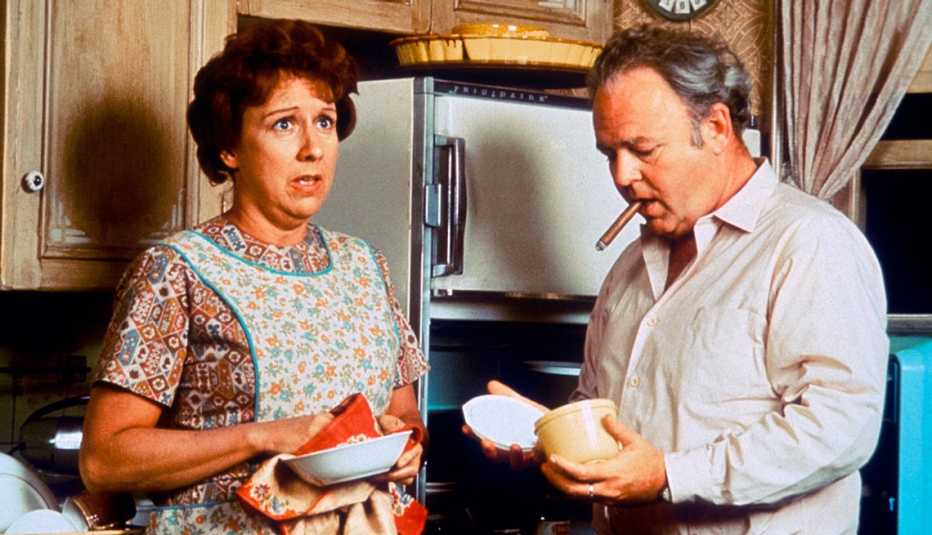AARP Hearing Center


The Show That Made Food Hip


The French Chef
Back when Americans were gobbling frozen TV dinners and those quivering Jell-O desserts, Julia Child’s cooking show, The French Chef (1962–73), snapped us out of our culinary trance, making us believe we all should consider croquembouche for dessert. Her show practically invented the foodie movement, empowered chefs both professional and home-based, and led to a whole new industry of TV food shows, cooking competitions and rock star chefs to satisfy and expand the nation’s suddenly sophisticated palates.
The Show That Made Us Love Planet Earth


The Undersea World of Jacques Cousteau
Jacques Cousteau first wanted to be a pilot. But after he drove his dad’s car off a cliff and started swimming to overcome his injuries, he channeled his energy toward inventing the Aqua-Lung (the first widely embraced underwater breathing apparatus) and took us all on a trip to the bottom of the sea. The thrills of The Undersea World of Jacques Cousteau (1966–76) and The Cousteau Odyssey (1977–82) helped inspire a renaissance in nature programming on TV and ignited the environmental movement, even when most people couldn’t imagine the oceans were in danger.
The Show That Put a Mirror in Front of America


All in the Family
While anti–Vietnam War protests, civil rights marches and assassinations filled the news, prime-time TV shows such as The Beverly Hillbillies (1962–71) and Green Acres (1965–71) strenuously sidestepped reality. Norman Lear’s All in the Family (1971–79) broke tradition by tackling tough but real topics — politics, race, feminism, homosexuality. The characters were modeled partly on Lear’s parents (his dad often told his mom to “stifle”), and the arguments between Archie Bunker (Carroll O’Connor) and his “meathead” son-in-law (Rob Reiner) were prompted by the liberal and conservative debate in George Bernard Shaw’s play Major Barbara. Lear “wanted to throw the arguments out there,” Reiner told the Television Academy, “to get people thinking and talking about the issues of the day.”






































































More From AARP
Can You Earn a Dy-NO-mite Score on Our Quiz?
Test your knowledge of TV’s most memorable catchphrases
50+ Performers Nab 15 Key 2023 Emmy Nominations
Jeff Bridges, Brian Cox, Sheryl Lee Ralph and more vie for TV’s top honors
This Year’s Biggest Emmy Nomination Snubs
Harrison Ford, Helen Mirren and Kevin Costner got robbed!
Recommended for You